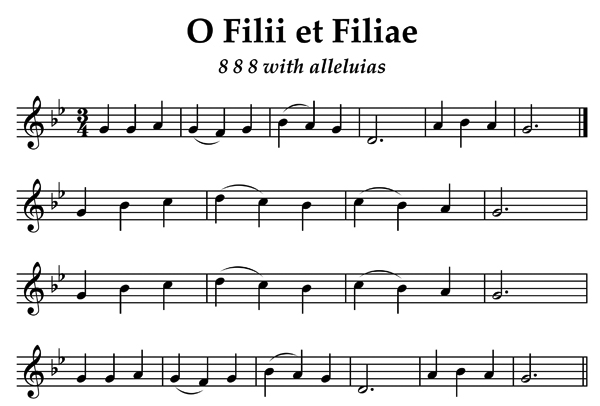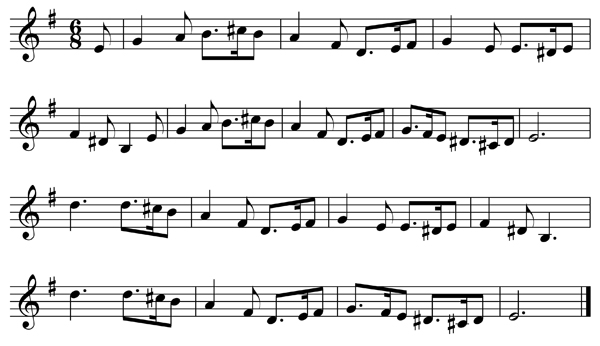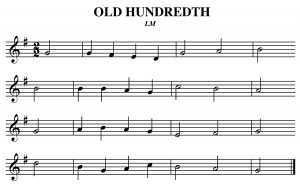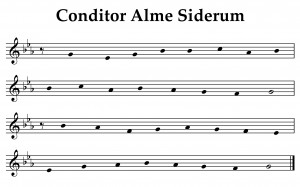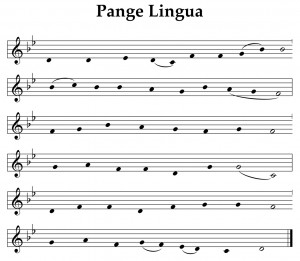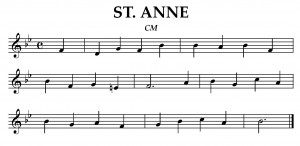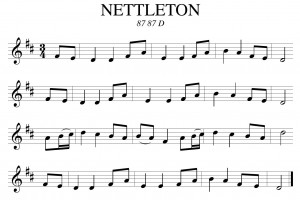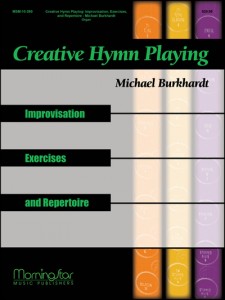
Michael Burkhardt
Creative Hymn Playing: Improvisation, Exercises, and Repertoire
Michael Burkhardt is well known for his inspiring hymn playing and hymn arrangements. This book provides a guide to some of his techniques and can best be summarized by a quote from the end of the instruction portion of the book:
Develop one facet of improvisation at a time. Create a plan of attack, experiment, and modify.
The book is divided into four parts. The first part – Leading Congregational Song – offers some philosophical background and covers general performance practice for accompanying hymns. He gives specific and concise advice concerning tempo, registration and phrasing:
Slower tempi may be needed for rhythmically complex and intricate hymns….
Consider using as few stops as possible….
Generally speaking, a pulse of silence is needed for a breath between stanzas when a hymn begins on the beat, and half a pulse of silence for a breath between stanzas when a hymn begins with an anacrusis.
Part Two moves on to using the hymnal and becoming comfortable playing and using the material provided on the printed page. A series of very simple steps is outlined and illustrated using the tune Winchester Old.
Part three outlines a process for beginning hymn-based improvisations and then works through examples using the tunes O Filii et Filiae, Erhalt Uns, Herr, and Holy Manna. The last portion of part three is a set of variations on O Filii et Filiae with all the techniques of part three explained and labeled. Like part two, these steps are very simple and seem like they would be easily managed by a student with minimal music theory instruction.
The final part, providing almost half of the page count for the book, is filled with examples of hymn treatments with the forms and techniques identified in a box at the top of the piece. In addition to providing repertoire that the student could play, these examples show how simple the application of the techniques outlined in this book can be.
In general, I find this to be an entry level book. The material covered is very simple, but not so simple that it can be skipped by the student beginning to study improvisation. There is almost no discussion of harmonic language in this book. If the organist is to use these techniques to introduce, accompany, or provide an interlude for a hymn, it makes sense that harmonic vocabulary would be similar to what is printed on the page, so not a lot of discussion is necessary. Burkhardt does indicate that “further harmonizing possibilities are beyond the scope of this resource.” It would be nice to see a second volume address harmonic vocabulary in the same concise way Burkhardt has addressed form and melody here. (Breaking Free by Jeffrey Brillhart addresses harmonic language brilliantly but might be a little advanced by comparison to this book.)
Creative Hymn Playing: Improvisation, Exercises, and Repertoire gives clear and concise instructions with many examples on how to transform and create pieces based upon hymns. While the material is simple, it provides a solid foundation for further studies. It would be a great volume to work through before tackling Improvising: How to Master the Art by Gerre Hancock.
